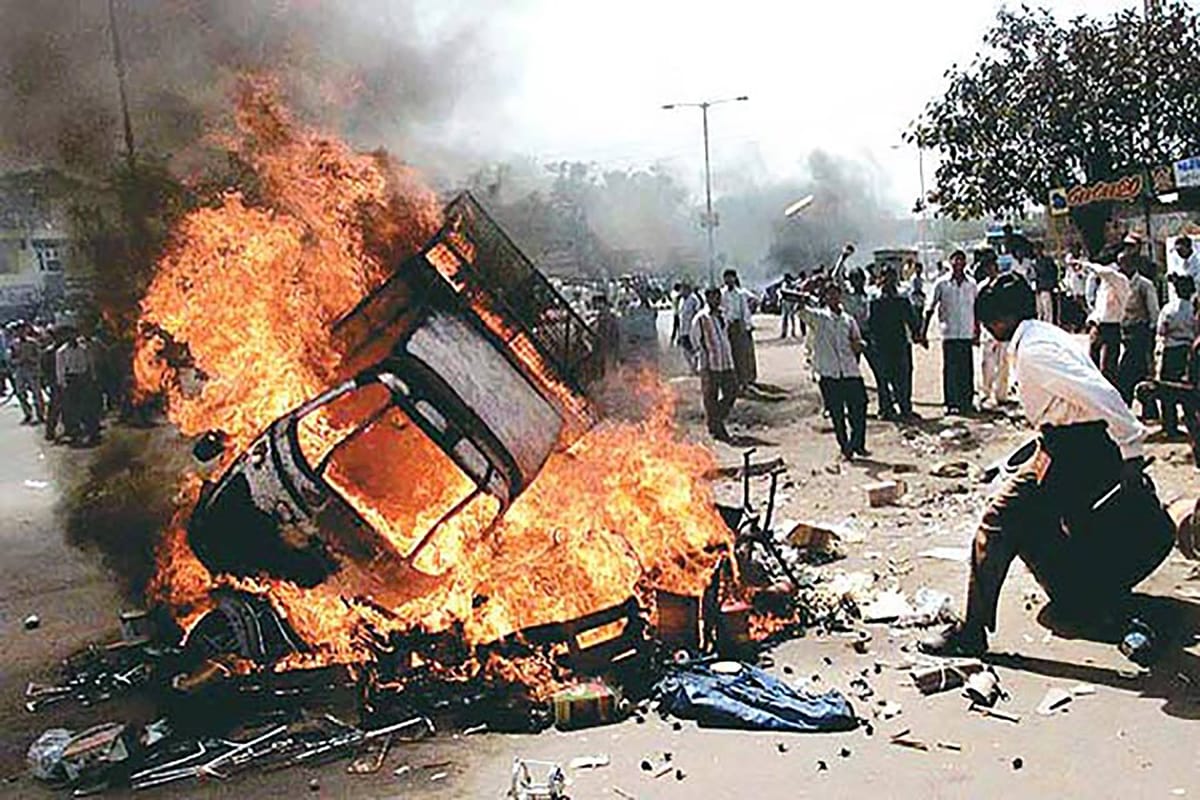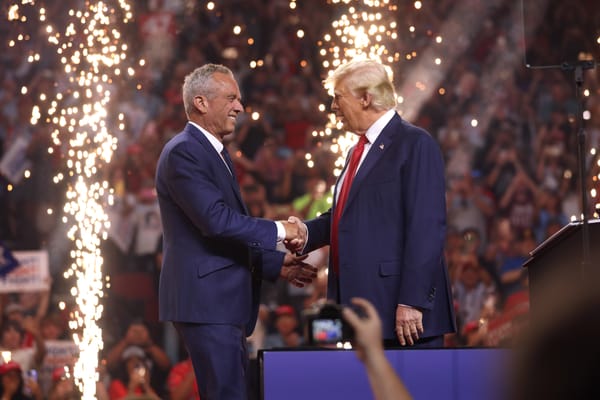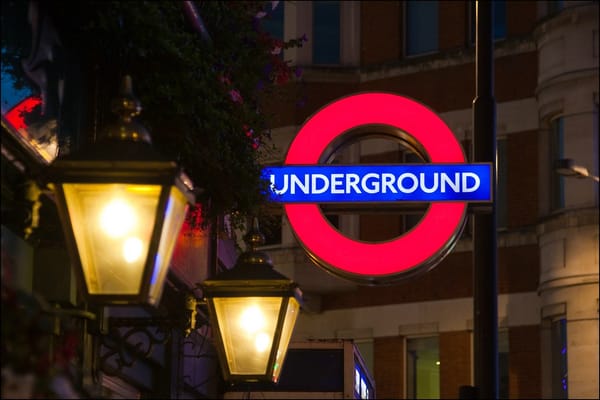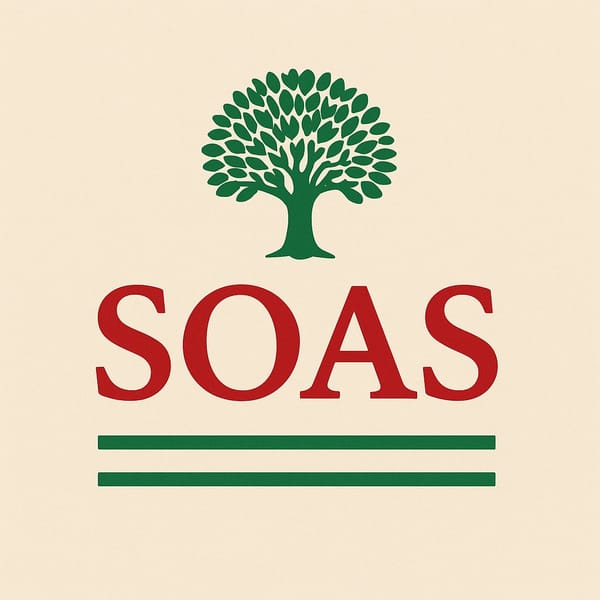Gujarat, 2002: The Semantic Limitations of the Word ‘Riot’

Atika Dawood, BA Arabic and Linguistics
Trigger Warning: (Sexual) violence against women and children
The spectre of the 2002 Gujarat Riots has re-emerged following the landslide victory of Narendra Modi early last year.
The ‘riots’ began when 59 Hindu pilgrims died after a train carrying them was set on fire. Following the false accusation of Muslims being behind the attack, Gujarat saw 72 hours of mass violence.
The word riots (above) has been placed within inverted commas as an estimated 250 girls and women were gang raped before being burned to death. Children were burned and butchered beyond recognition, force fed petrol and set on fire, and were also killed in front of their parents.
Renu Khanna, when describing the sexual violence perpetrated against female Muslims, writes that the survivors reported “sexual violence [which] consisted of forced nudity, mass rapes, gang-rapes, mutilation, insertion of objects into bodies, cutting of breasts, slitting the stomach and reproductive organs, and carving of Hindu religious symbols on women’s body parts.”
With these details, it is clear why using such a semantically restricted word becomes problematic.
Words have political consequences, particularly in light of Modi’s presidency. Care has to be taken when describing events to prevent the risk of silencing the stories they convey – playing directly into the hands of politicians who want exactly this. Jay Narayan Vyas, a politician affiliated with the BJP, says “we have come out of 2002. The event is over-emphasized, it’s blown beyond proportions. Let us leave it behind and look ahead.”
Judging from its origins alone, riot is a word derived from Old French riote, ‘debate’ and rioter, ‘to quarrel’. It does not contain enough depth to describe the aforementioned events. One may argue that riot bears the connotations of a ‘violent uproar’, however, socially one does not envisage mass gang rape, arson and murder when hearing or discussing riots.
It is the term used to describe the uproar in London (and other areas in England) in 2011, which lead to 5 deaths and 16 injuries, as well as the unrest in Paris in 2005, which resulted in two deaths and 126 police officers and firefighters being injured.
Lasting a shorter period of time, the 72 hours in Gujarat is referred to by the very same word, despite describing an event causing the deaths of 790 Muslims and 254 Hindus, as well as resulting in 223 more people being reported missing and another 2,500 being injured.
Although Hindus were also affected, using riot becomes problematic when we highlight the fact that the violence specifically targeted the Muslim minority in Gujarat. With this in mind, it is possible to alternatively use genocide to describe the events of 2002.
Being partly defined as ‘the elimination of all/a significant number of a religious group’, this may be too strong a word. However, perpetrators have been recorded boasting about their actions and the aim of them – specifically, to eradicate Muslims.
Taking this into account, pogrom – ‘a violent riot aimed at massacre or persecution of an ethnic or religious group’ – could be the most precise word to describe the events in Gujarat thirteen years ago. This definition in itself wholly sums up the violence allegedly instructed by Modi.
It has never been clearer that the words we attribute to atrocities colour how we perceive them. By using riot, we intrinsically undermine the horror of the event and therefore must reassess the terminology we use to refer to difficult times in history, so as not to be manipulated by the intentions of political parties and figures.



